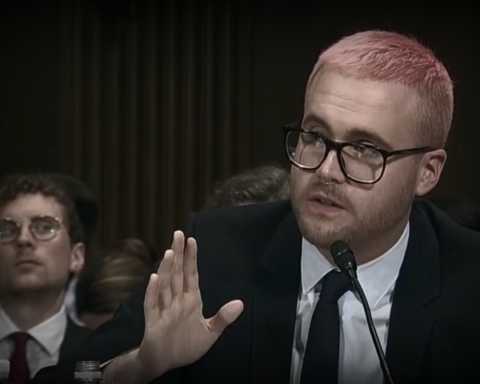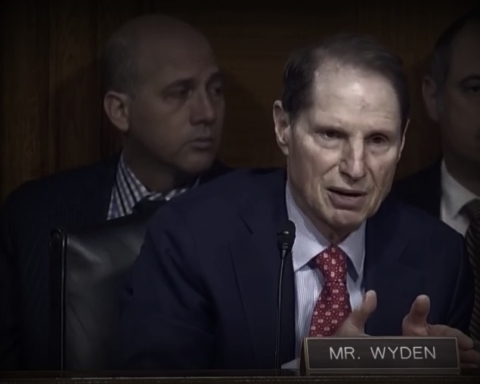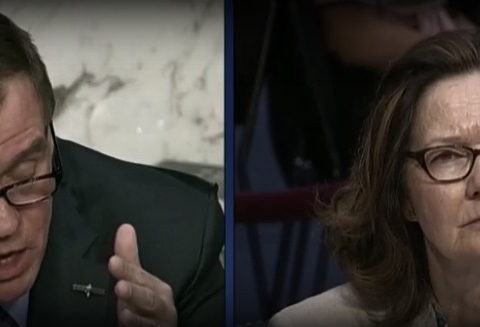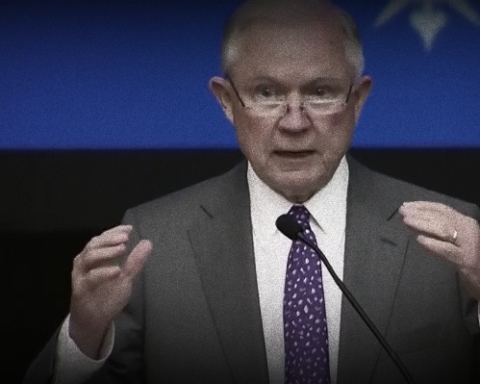A key oversight watchdog keeping tabs on US activities in Afghanistan is suddenly being stonewalled by military officials in its attempts to inform the public about American assistance to Afghan forces–a military entity in which US troops are playing a bigger role than the White House routinely admits.
The Special Inspector General for Afghanistan Reconstruction said Thursday that it is now “unable” to publicly report on the $65 billion in aid that American taxpayers have given Afghan troops.
“After six years of being publicly reported, Afghan National Security Forces (ANSF) data is now classified,” the oversight officials said in a press release about its quarterly report to lawmakers.
Gen. John Campbell, a leader of US forces in Afghanistan, told SIGAR that he “cannot comment” why the information was unclassified previously, but said public disclosure would be dangerous.
“I have directed that sensitive operational information or related materials, that could be used by those who threaten the force or Afghan forces, be classified at an appropriate level,” he said.
According to SIGAR, that “sensitive operational material” includes answers to questions about: “funding that the United States has expended on Afghan National Army food from Afghan Security Forces Fund (ASFF)”; “a broad definition of the terms ‘unavailable’ and ‘present for duty’”; “the $25 million authorized by Congress for women in the Afghan army” ; spending on Afghan National Police salaries from the ASSF, and “the anticorrpuption initiatives of Afghan Ministry of Defense and Afghan Ministry of Interior.”
Senators who talked to The New York Times about the newfound secrecy found it baffling.
“Suddenly classifying information that was public for years raises questions,” Sen. Chuck Grassley (R-Iowa) said.
“I’m offended that this previously unclassified information is now being classified,” Sen. Claire McCaskill (D-Mo.) added.
In addition to Afghan forces’ expanded mission, the publicly-acknowledged role that American forces play in Afghanistan could also be fueling sensitivity to transparency. The President and his charges repeatedly brag about US troops no longer playing a combat role in Afghanistan, as of the start of 2015.
“After more than 13 years, our combat mission in Afghanistan is over, and America’s longest war has come to a responsible and honorable end,” the President said on Wednesday, at an event honoring outgoing Secretary of Defense Chuck Hagel.
But The New York Times has reported that he says otherwise behind closed doors. The President has this year given US troops permission “to carry out missions against the Taliban and other militant groups,” the Times revealed on Nov. 21—an order that “also allows American jets, bombers and drones to support Afghan troops on combat missions.”
Two weeks before the story came out, an officer of the now-defunct International Security Assistance Force, Lt. Gen. Joe Anderson, also noted that the role of US air forces in 2015 had not yet been finalized.
“What’s yet to be defined explicitly will be coalition assets in support of ANSF, based on what types of operations they’re doing and, again, what the strategic consequences may be based on where they find themselves, what situations they get into, based on what the enemy threat evolves into here for 2015,” he said.
Also affecting the US “non-combat” combat role, Lt. Gen. Anderson noted that Afghan forces suffered 9,000 casualties in 2013 and 2014.
“Those numbers are not sustainable in the long term,” he commented.
Despite disappointment over the Pentagon’s sudden pivot toward secrecy, it, at least, responded to the inspector general’s questions. The State Department failed to respond to requests for information about “economic and social-development this quarter, and failed to respond to SIGAR’s attempts to follow up,” the watchdog warned—a possible violation of the 2008 law that created its office.
In a press briefing with reporters, spokesperson Jen Psaki said the State Department “did not intentionally withhold information for these quarterly reports.” Instead, she claimed the department just missed the deadline, and expects to have the data “complete in the next quarter with all of the details across the board.”
As The Sentinel has noted in previous coverage of Afghan oversight, multiple agencies’ aid to Afghan women is woefully unaccounted for, and SIGAR has warned that US assistance to Afghanistan is turning it into a de facto client state.
UPDATE: The Pentagon walked back its decision to classify much of the data SIGAR sought to make public.
“Resolute Support has informed SIGAR that a majority of the information has been declassified and we are in the process of reviewing it,” a spokesperson for the oversight organ told Reuters in an emailed statement sent Jan. 2.
“A large volume of the data requested by SIGAR, when viewed alone, is suitable for public release,” a military spokesperson also said. Data about Afghan forces’ readiness, however, would remain classified, the representative stated.
The information that was deemed suitable for public consumption pertained to “ANSF strength, equipment, infrastructure and anticorruption measures,” Reuters noted.






